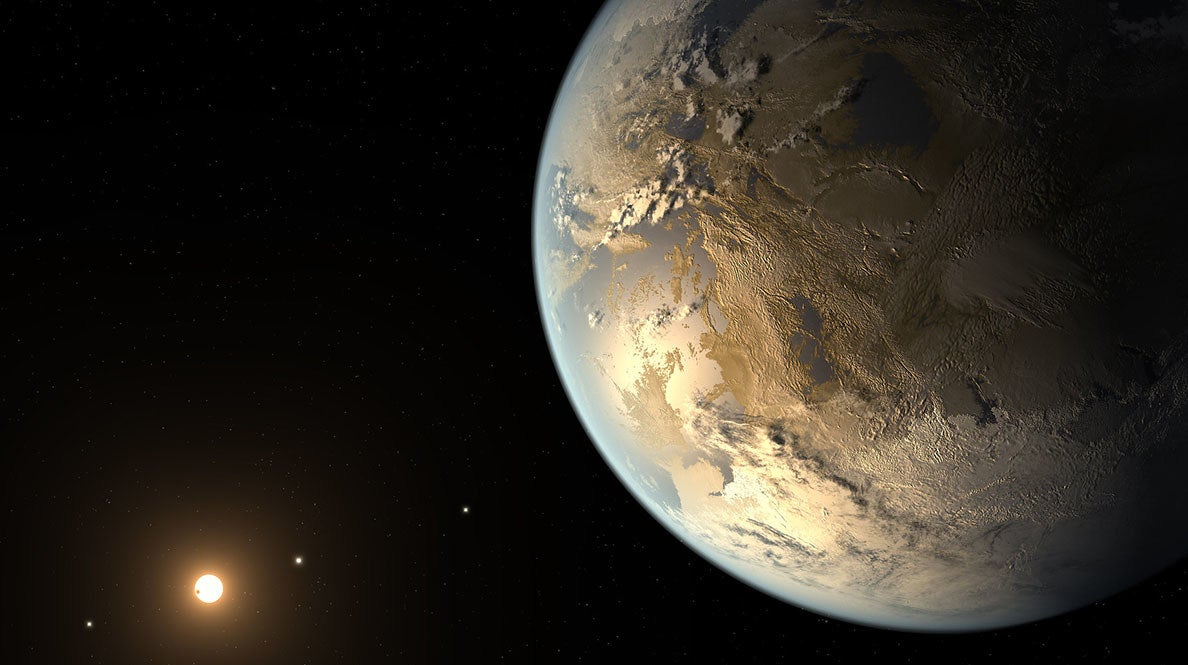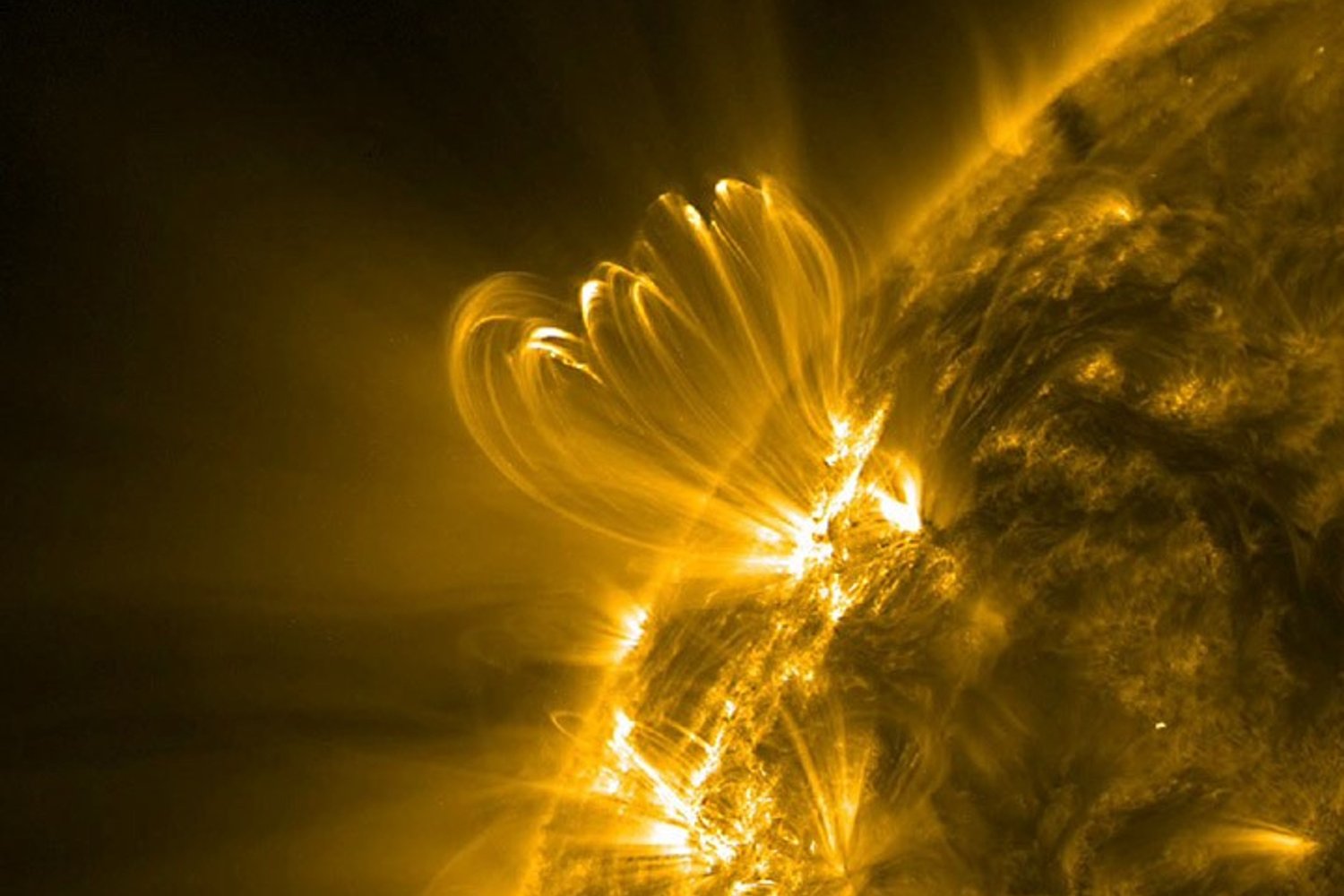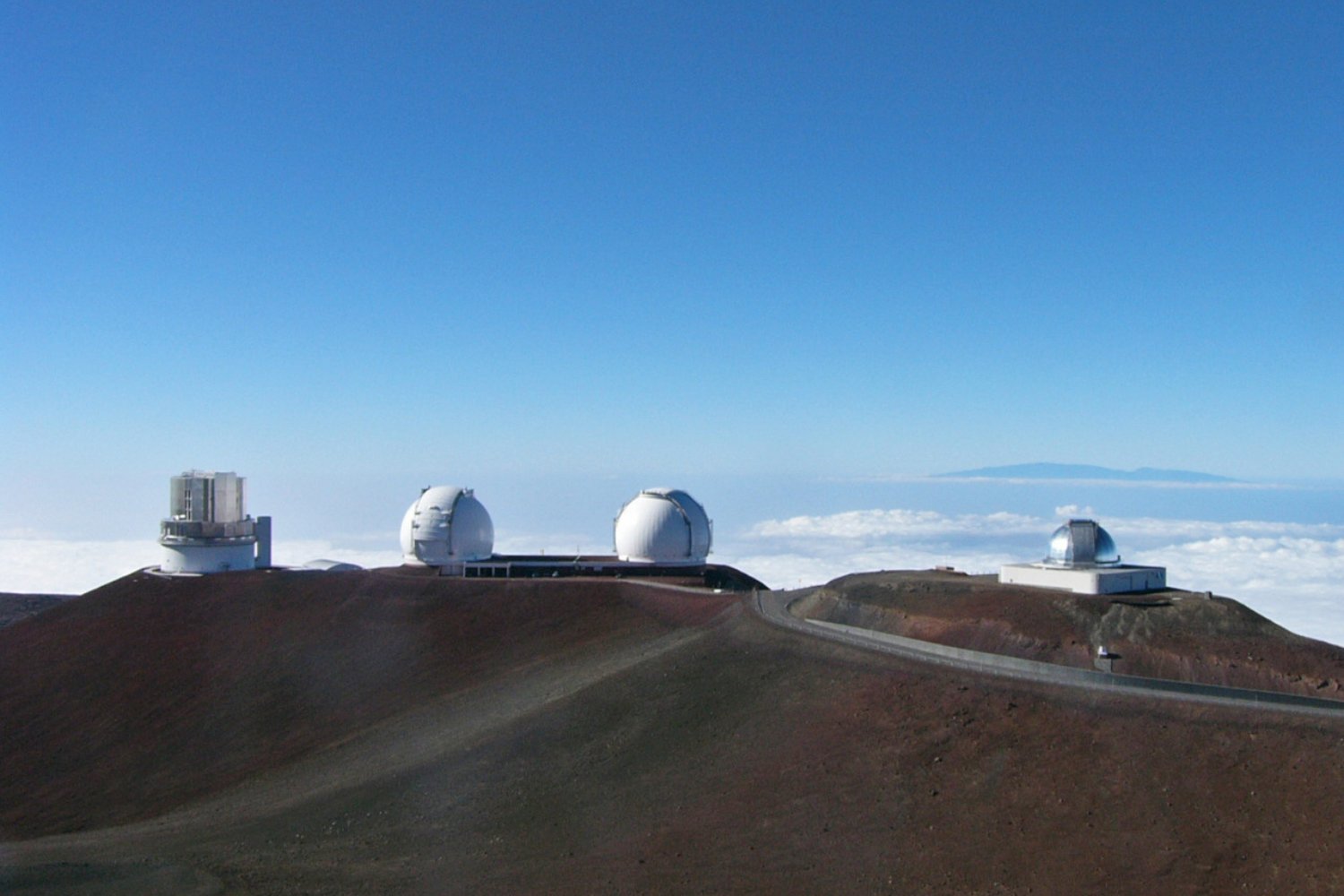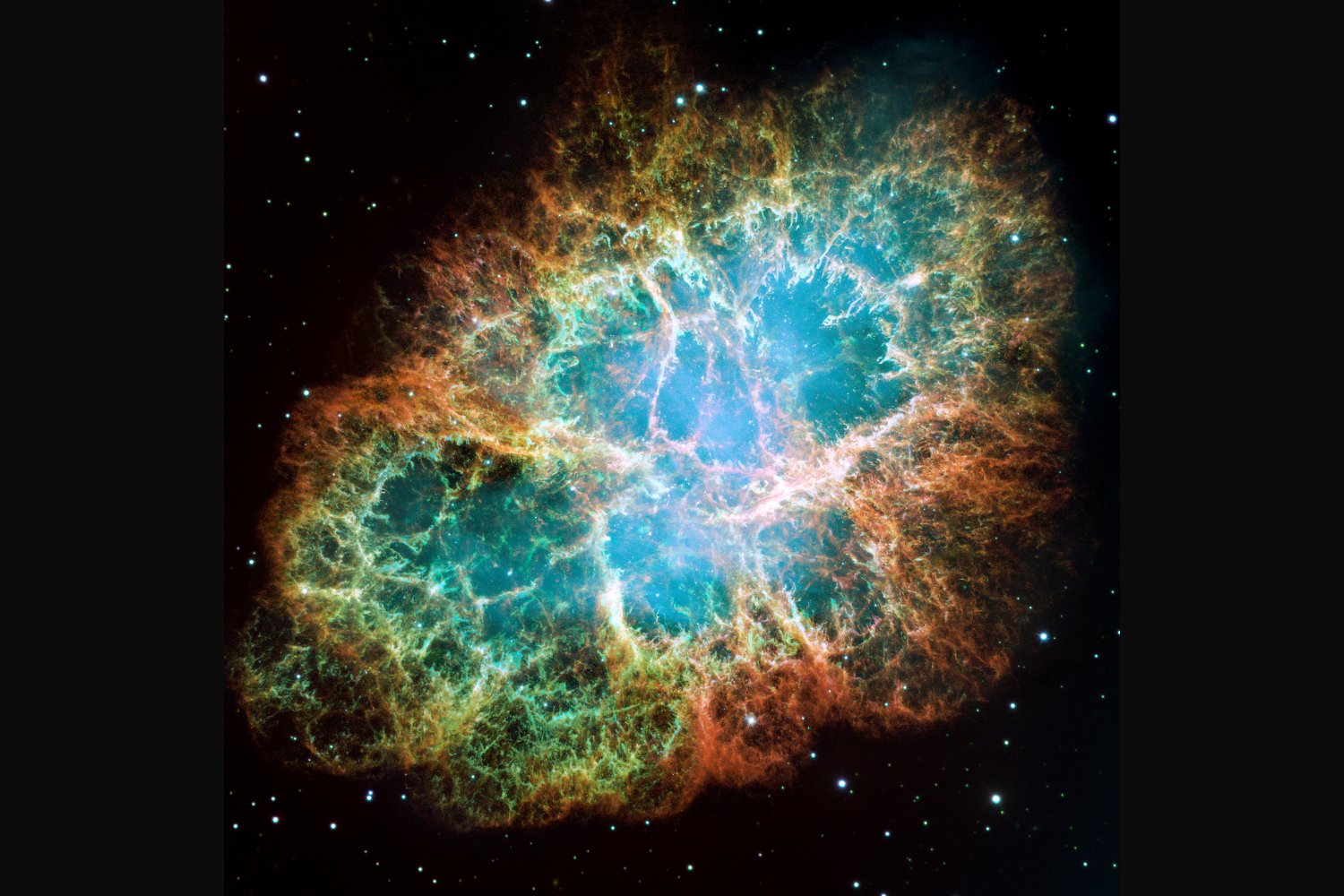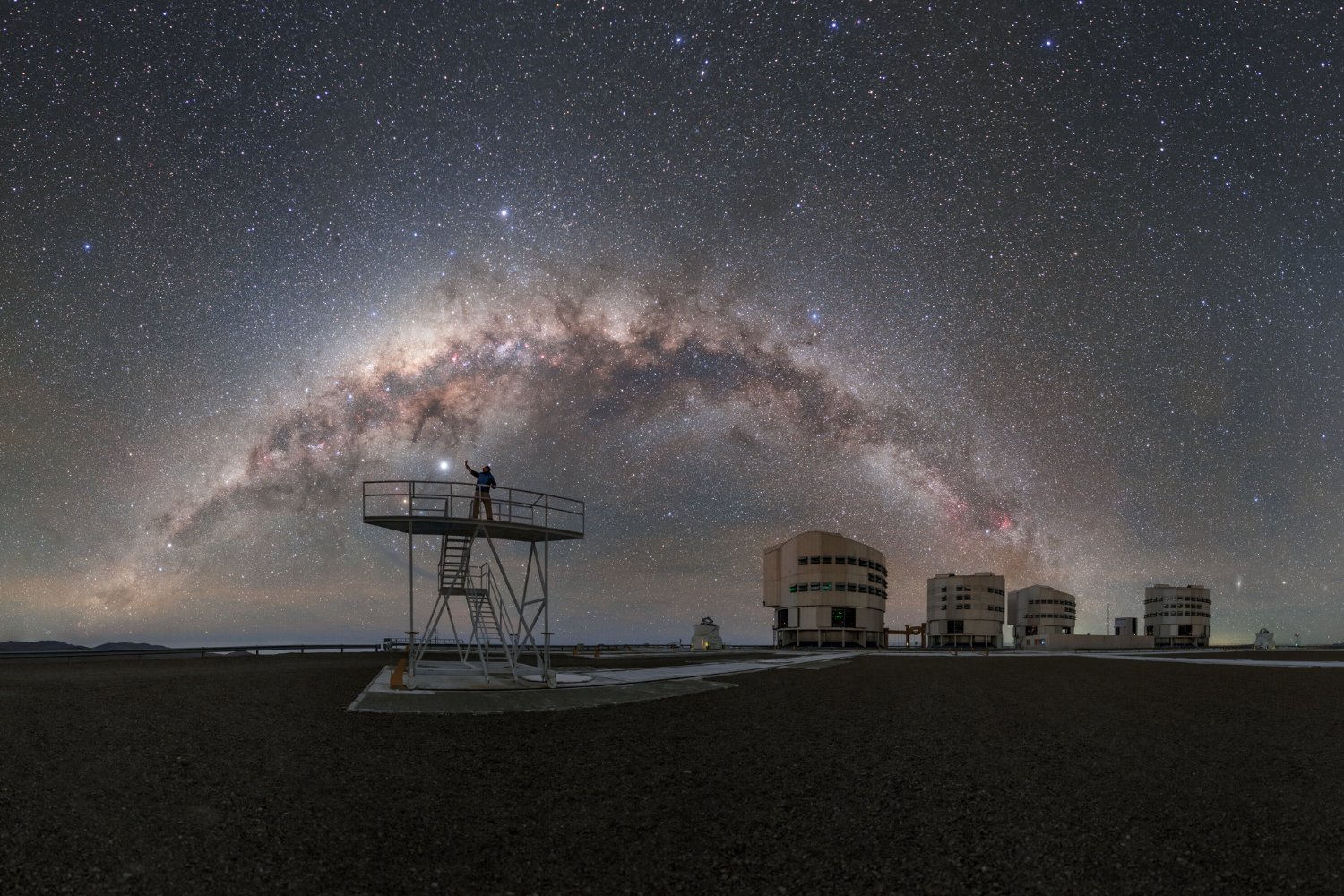Astrobiologists have identified 24 exoplanets that aren’t just potentially habitable, they’re potentially superhabitable, exhibiting an array of conditions more suitable to life than what’s seen on Earth.
The saying these days among environmentally conscious people is that there is no Planet B, but a new paper published in Astrobiology suggests otherwise. A research team led by Dirk Schulze-Makuch from Washington State University has identified 24 exoplanets with conditions that could make them more suitable for life than Earth, making them “superhabitable.” Sadly, all these exoplanets are farther away than 100 light-years, so people wanting to get off this shitshow of a planet shouldn’t pack their bags just yet.
And just to be crystal clear, this doesn’t automatically mean that life exists on these worlds—it just means these planets might be habitable, or in this case, superhabitable.
René Heller, an astrobiologist at the Max Planck Institute for Solar System Research and a co-author of the new study, penned a similar paper back in 2014. Heller, with co-author John Armstrong from Weber State University, argued for the existence of superhabitable worlds, saying astronomers should be on the lookout for this hypothetical class of objects. The authors listed some requirements for inclusion, along with one potential candidate. The new work expands on this idea, proposing a more refined set of criteria for superhabitability, along with a list of 24 possible exoplanetary candidates.
For exoplanets to be superhabitable, they should be older, larger, heavier, warmer, and wetter compared to Earth, and ideally located around stars with longer lifespans than our own. So yeah, not only is Earth inferior, so too is our Sun, according to the new research.
Indeed, we like to think that our Sun is the bee’s knees, but it has a relatively short lifespan of 10 billion years. Considering it took 4 billion years for complex life to emerge on Earth, it’s conceivable that many stars like our Sun—called G stars—expire prior to spawning complex life. Consequently, the authors say we should be on the lookout for exoplanets located within the liquid water-friendly habitable zones of K dwarf stars, which are cooler, smaller, and less bright than G stars and shine for upwards of 20 billion to 70 billion years. Red dwarfs, in case you were wondering, weren’t included because this class of star seems to be super unfriendly to life, given their all-too-frequent solar outbursts.
As the new study points out, planets marginally older than Earth have a greater chance of being more habitable. When planets get old, “exhaustion of internally generated heat may result in eventual cooling, with consequences for global temperatures and atmospheric composition,” write the authors. Earth is 4.5 billion years old, but planets between the ages of 5 billion and 8 billion years are likely to be more habitable, simply from a probabilistic standpoint.
Superhabitable planets are bigger and heavier, at about 1.5 times our planet’s mass and about 10% larger. Such planets would feature more habitable terrestrial surfaces, but only in the presence of another important criterium: sufficient plate tectonics to form large landmasses like continents. Superhabitable worlds should also feature lots of water and plenty of archipelagos, the authors argue. A slightly heavier planet also means stronger gravity, which helps to retain an atmosphere for prolonged periods. Importantly, these planets should also feature strong protective geomagnetic shields.
On the topic of atmospheres, superhabitable planets should pack plenty of moisture, clouds, and humidity, and an oxygen content between 25% and 30% (Earth’s atmosphere is made up of 21% oxygen), according to the researchers. These planets should also be warm, with a mean surface temperature around 8 degrees Fahrenheit (5 degrees Celsius) higher than Earth (well, at least today—more on this in just a bit). The idea here is that, with the additional moisture, these planets would have vast tropical areas and fewer cold and dry regions.
Like Earth, superhabitable planets should also feature a large moon at a moderate distance. Our Moon, in addition to creating ocean tides, slows down the rotation of Earth (the days would be considerably shorter without), and it keeps the tilt of our axis stable over time, creating stable seasons.
Equipped with these criteria, the scientists took a look at 4,500 known exoplanets to see how many might actually qualify as being potentially superhabitable. Of these, 24 stood out, but none met all the listed criteria for superhabitability. One exoplanet, designated KOI 5715.01, exhibited three of the listed criteria, the most of any exoplanet. To be clear, many of the criteria, such as atmospheric oxygen, plate tectonics, geomagnetism, and natural satellites, are currently beyond our ability to detect. What’s more, only two of these planets, Kepler 1126 b and Kepler-69c, are scientifically validated planets, the remainder being on the list of unconfirmed Kepler Objects of Interest. Consequently, some of these “exoplanets” might not even be planets at all.
The new paper “provides a good theoretical background of one of many potential scenarios for habitable worlds, the superhabitable planets,” Abel Méndez, director of the Planetary Habitability Laboratory at the University of Puerto Rico at Arecibo, wrote in an email. “It is not possible yet to identify such planets in the current exoplanet databases because we have little information about them. Nevertheless, the authors identified a few with some, but not all, of the necessary characteristics,” said Méndez, who’s not affiliated with the new research.
There are other limitations to consider as well. The authors are naturally biased towards Earth-like conditions, given that our planet provides the only known example of habitability. Life may proliferate under conditions not yet understood, and it’s important to keep that in mind. That said, the authors did consider planets in orbit around K dwarf stars, which, to be fair, is very much outside our paradigm.
The new paper says superhabitable planets should be bigger and heavier than Earth, but other research suggests many of these planets should be water worlds, that is, exoplanets entirely covered by an ocean. That’s obviously not good for ecological diversity and is a serious constraint to habitability. This isn’t necessarily a deal breaker, but it does suggest that superhabitable worlds, if they exist, are exceptionally rare.
The authors also listed warmer temperatures as a criteria—a rather sensitive topic, given the myriad problems caused by human-induced climate change on Earth. But as Schulze-Makuch explained in an email, we shouldn’t confuse these two very different things.
“Global warming for current Earth would be a really bad thing, because we already have an established biosphere and atmospheric circulation pattern, and changes would result in extreme weather putting a lot of stress on the biosphere, resulting in extinction events,” he explained. “In addition, it would raise sea water levels and decrease the land areas and coastal areas taking away valuable habitats and putting even more stress on many parts of the biosphere.”
At the same time, however, if we started off with a different planet, ideally one a bit larger, “then a higher temperature together with a higher moisture content than Earth could be quite beneficial,” said Schulze-Makuch. This is exemplified by the diversity of our current rainforests and also the Carboniferous Period, when our planet was rich in both biomass and biodiversity, he said. Without the requisite moisture, however, we “would just have warm deserts like the Atacama with not much life at all.”
We also don’t know about the potential knock-off effects of these conditions. They sound good on paper, but the reality could be vastly different, as these environmental characteristics could collectively result in conditions wholly unsuitable for life. Still, this is an exciting and provocative study, as it suggests superior conditions for life elsewhere in the cosmos.
Thankfully, with upcoming tools like NASA’s James Webb Space Telescope, the LUVIOR Space Observatory, and the ESA’s space telescope, we’ll be able test some of the ideas proposed in the new paper.
Correction: A previous version of this post incorrectly stated that our Moon makes our days longer, when the opposite is true.
